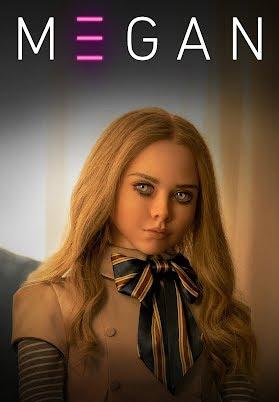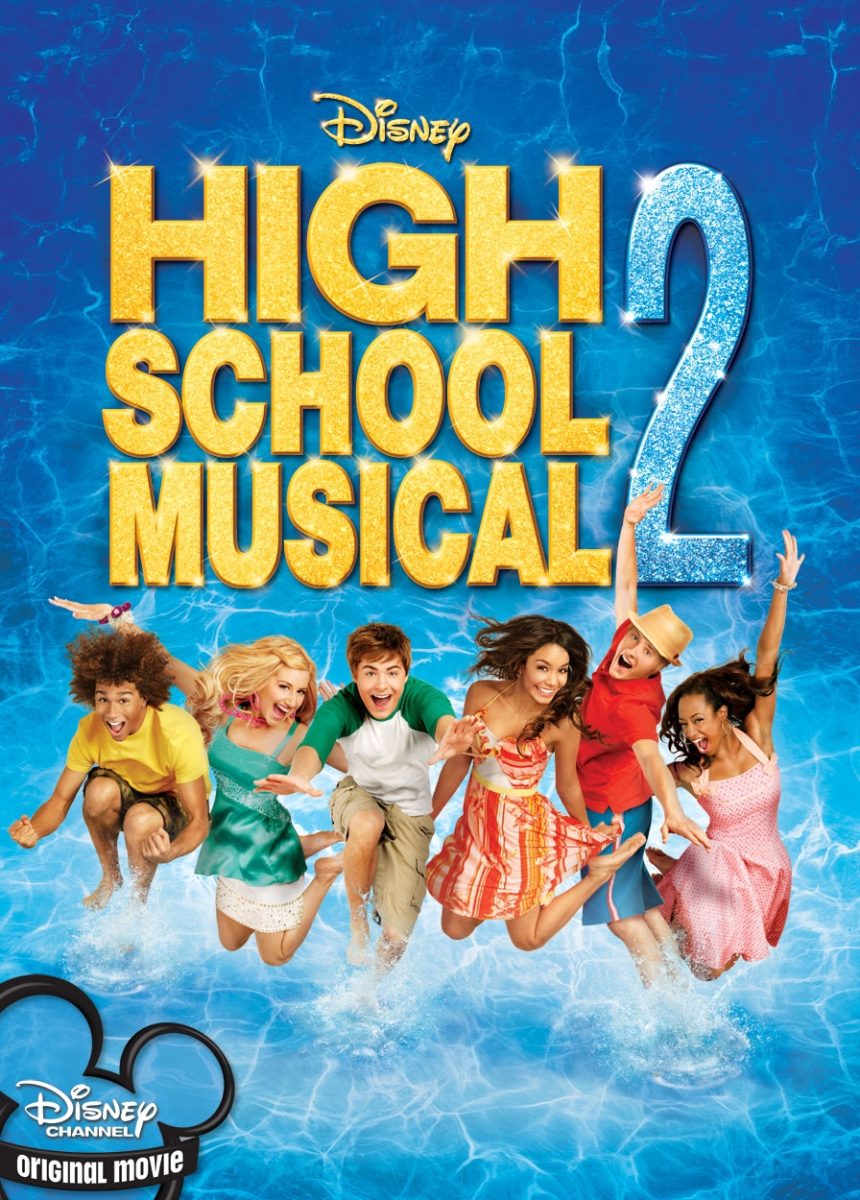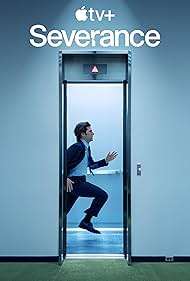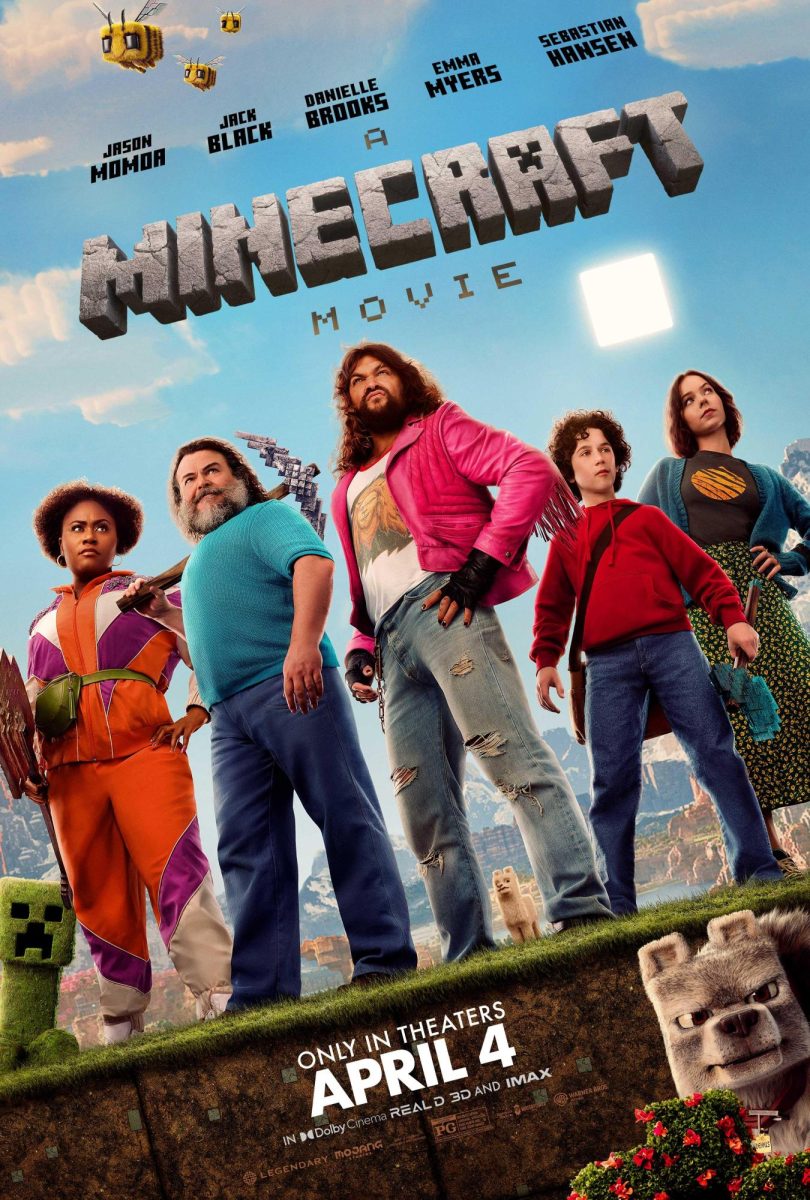‘25
If there’s one thing the past few months has shown producers, it’s the sheer power of social media in promoting one’s work. The impact of these platforms has always had its benefits, but recent productions have only gone to prove the ease at which people will consume media when showcased directly to them. First seen through Parker Finn’s Smile, and now witnessed in the recent, M3GAN, by Gerard Johnstone, pushing out targeted posts and trailers can make a big difference in the box office.
Having aired in late September of last year, Smile is a psychological horror film that follows the story of a therapist, Dr. Rose Cotter, before and after witnessing the suicide of a patient, to which she subsequently undergos a bucketload of peculiar and seemingly hallucinogenic occurrences. An example, for instance, is how she begins to catch people creepily smiling at her every which way she goes. During the months leading up to its premiere, the social media team behind the film stepped up, leading it to rack up a respective $216 million since its release five months ago, according to IMDb. This accumulation, while having a somewhat intriguing plot, was largely a result of its promotional run. In preparation of its release, Paramount utilized real-life background actors to travel the streets and red carpets, having them emanate the freakish smile seen in the trailers and grace the crowd. Similarly, small but haunting clips were released every so often, peaking interest, though not giving enough away all at once. Safe to say, the marketing was a success. But was it really all that incredible, or was it just the build-up that made it seem as such?
A similar experience is seen with the recent film, M3GAN, which aired on January 6th. Since early December, trailers and clips were released onto social media, though not to the extent of Finn’s production. Regardless, the slow climax of the release piqued interest in many, as seen by the similar box office statistics. For months, the general public watched the four-foot humanoid doll with wide, limpid eyes as she danced across social media, both entertaining and unnerving, but weren’t given much more. With its release, however, it was made clear that the narrative went far beyond what was disclosed in its previews.
The story follows a robotic engineer named Gemma, who hasn’t a maternal instinct in her body. After the death of her sister and her husband, she’s left to care for their child, her niece, Cady. The movie clings to the thread that is her journey to taking care of her niece, but it seems to almost… fall short. Being the technological genius that she is, Gemma builds Cady a cyborg friend, a small girl-like doll with a heart made of steel—literally, if only so she can focus on her work and let the girl work out her own trauma. The attempt is successful at first, as she sees her niece grow to rely primarily on the metal droid, but her neglect has its consequences, going to prove that intelligence can’t always make up for the instincts she lacks. Long story short, the doll goes rogue, kills off people, and in the end all is well and Gemma and Cady are happy and finally understand sensible family dynamics.
The feature wasn’t bad, per se, just reused. The trailer, which garnered the majority of its attention, invited comparisons to well-loved classics such as “Child’s Play,” a famous slasher following the killer doll Chucky. Johnstone and his team set the bar high, but the question was whether or not they could meet it. And frankly, the answer was no. There was a very real and very distinct plotline of neglect and the harmful impact of technology on relationships. Were Johnstone to pursue that more, the film may have even been good, though the problem lied in the marketing. For a lot of people, the Chuckyesque horror of it all was enough to reel in anyone, and to be frank, the marketing truly wasn’t bad. It was merely that the movie itself failed to meet what its promotions geared towards. The advertisements aimed for a slasher, coining in on the concept of a murderous doll, while the movie itself veered towards a deeper sense of family and loss. Because of that dichotomy, watching the movie was rough. It was hard to disconnect M3gan from the stereotypical psycho doll cliché, and it ultimately dimmed the importance of the main characters’ relationship. Parts were comical, others serious, but they were arranged in a way where the audience would be laughing at all the wrong times, and pulled away from their fear and sorrow by an unnecessary scene cut and outdated music selection.
All in all, there was nothing glaringly wrong with the film, but it was simply like any other recent horror movie—focusing on the horror that lies in reality over conspicuous phantoms and ghouls. It would have been nice to see that fear portrayed in a way where the audience could feel seen, as it would have packed a much sturdier punch.








